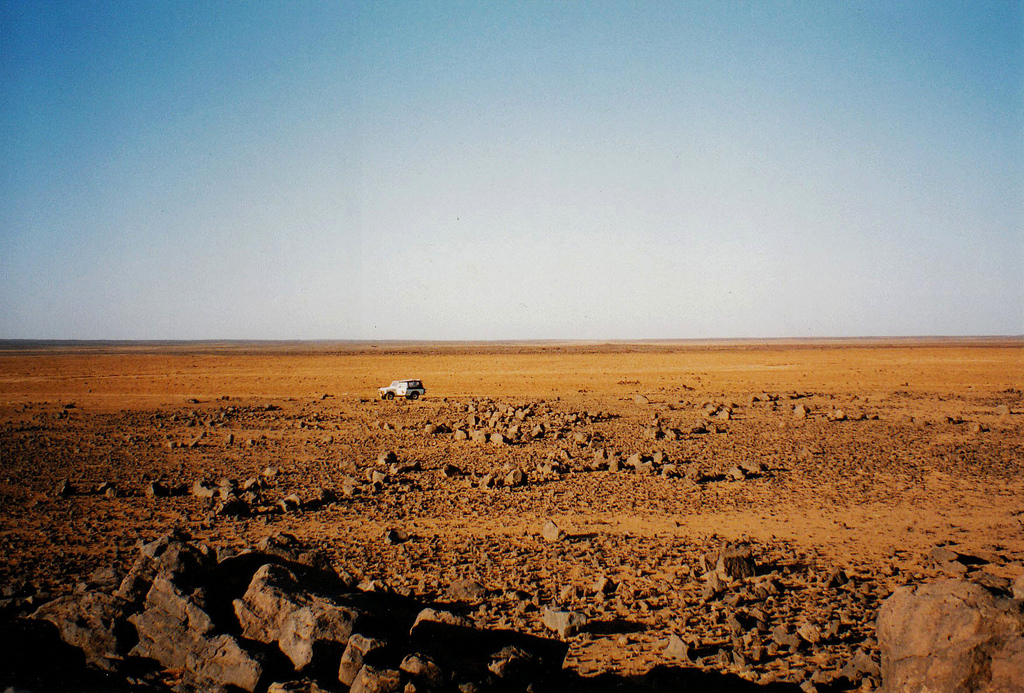The Jordan University of Science and Technology (JUST) has launched a tender for a ground-mounted 5 MW solar PV plant to be constructed by the end of the year.
The deadine for submitting bids ends on Tuesday and the tendering process is expected to take a further three months to review.
The plant will be located on the JUST campus in the city of Irbid, about 70 kilometers north of Jordan's capital city of Amman. Irbid is the country's third largest city after Amman and Zarqa.
JUST was the first university in Jordan to offer PV tenders, beginning relatively early in 2011. JUST's first tender for a 4 MW PV plant took place before the country adopted its Renewable Energy and Energy Efficiency Law 13 (REEEL 13), issued in 2012, however, and as a result the tender was not awarded. In December, JUST issued a revised tender for a larger, 5 MW plant.
JUST's 5 MW solar tender follows that of the Hashemite University (HU). The country's PV sector is currently awating HU to officially announce the winner of its auction for a 5 MW solar PV park at its premises in the city of Zarqa, in northeastern Jordan.
Legislation boosted net-metering in academia
REEEL 13, which allows any electricity consumer to cover 100% of their electricity needs by installing net-metering solar PV systems, has encouraged both Jordans leading academic and financial institutions to enter the photovoltaic sector.
Speaking to pv magazine, Samer Zawaydeh, a Jordan-based engineering consultant, said, “Jordan's central bank is providing loans of up to JOD 10 million ($14 million) to local banks at 2.3%, and in return the local banks are providing the loans to large consumers at interest rates between 5.5-6%. This provides the investors with a highly attractive return on investment and a payback period [for their photovoltaic projects] of less than four years.
“JUST is the largest university in Jordan by size of land and has around 30,000 students. That is why installing the PV system is a priority and installation will start this year,” Zawaydeh added.
Among Jordan's universities that have embraced solar PV technology are Ahlia University, which installed a 276 kW of PV project in 2013; Zaytouna University, which has completed the installation of 162 kW of PV and is targeting an expansion of around 1.5 MW; and Petra University, which is also currently installing a 1.5 MW rooftop PV project.
Philadelphia Solar, which is the only solar module manufacturer in Jordan and the region with a presence dating back in 2007, furthermore told pv magazine that it is in the final stages of signing a 1.6 MW rooftop project for another Jordanian university. While Mohammed Shehadeh, sales and marketing manager at Philadelphia Solar, declined to name the university before the deal was finalized, he said construction would commence within the first three months upon the project's approval, expected in a few weeks time.
Shehadeh told pv magazine that Philadelpia Solar had also submitted a bid for the JUST PV project, which he expects “to be a very competitive bid.”
Sunny schools
It is not only Jordan's higher educational institutes that are looking to the sun for power. Shehadeh said that installing solar PV is also becoming a trend among Jordans schools.
To date, Philadelphia Solar has installed a 220 kW system at the Assreya School and is currently building a 180 kW PV system at the Al Dor Al Manthor School, both located in west Amman. The company is also constructing the Children Museum's 420 kW photovoltaic system in Amman, Shehadeh added.
According to local press reports citing the Energy and Minerals Regulatory Commission statistics, 30 schools in Jordan have installed photovoltaics but the number is expected to rise significantly.
Jordan's schools pay $0.38 per kWh for electricity and the tariff is set to increase up to $0.40 per kWh in 2016 and $0.42 per kWh in 2017, so installing PV reduces the schools' electricity costs, Shehadeh added.
Of Jordan's 24 MW of installed PV capacity, Philadelphia Solar installed 8 MW, including off-grid pumping systems, and is presently installing a 12 MW solar PV park and around 3.5 MW of various smaller systems that are either under construction or awaiting construction.
While net metering has kick started a dynamic PV market among Jordans residential and commercial electricity consumers, the country is also expecting the inauguration of its first utility-scale PV plants as a result of its tendering process.
This content is protected by copyright and may not be reused. If you want to cooperate with us and would like to reuse some of our content, please contact: editors@pv-magazine.com.


By submitting this form you agree to pv magazine using your data for the purposes of publishing your comment.
Your personal data will only be disclosed or otherwise transmitted to third parties for the purposes of spam filtering or if this is necessary for technical maintenance of the website. Any other transfer to third parties will not take place unless this is justified on the basis of applicable data protection regulations or if pv magazine is legally obliged to do so.
You may revoke this consent at any time with effect for the future, in which case your personal data will be deleted immediately. Otherwise, your data will be deleted if pv magazine has processed your request or the purpose of data storage is fulfilled.
Further information on data privacy can be found in our Data Protection Policy.